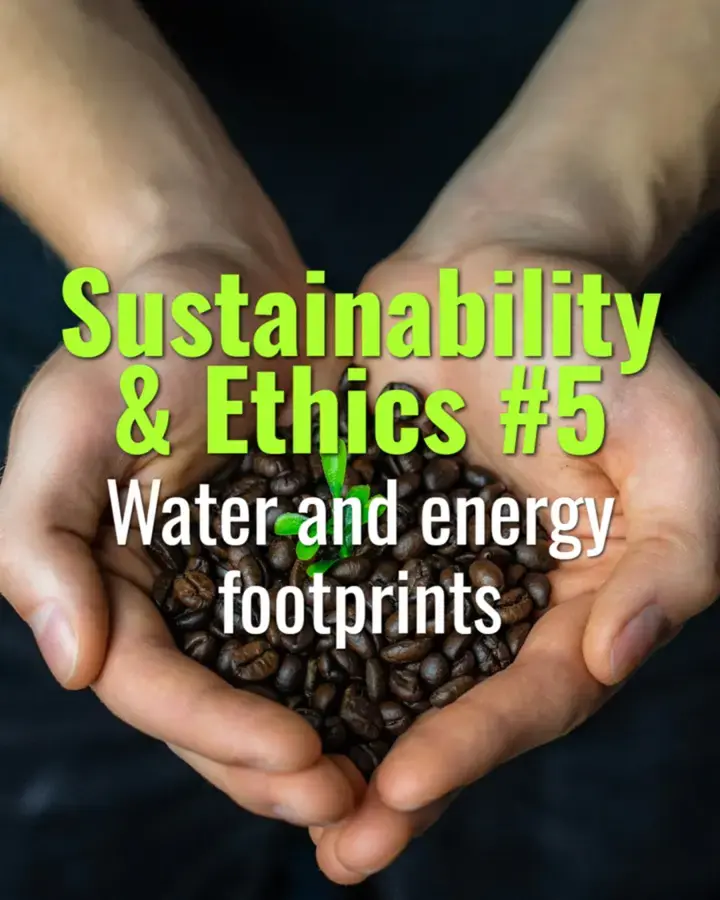
Water and energy footprints
The water and energy demands across the coffee supply chain, how they are measured, and strategies to reduce their environmental footprint.

The water and energy demands across the coffee supply chain, how they are measured, and strategies to reduce their environmental footprint.
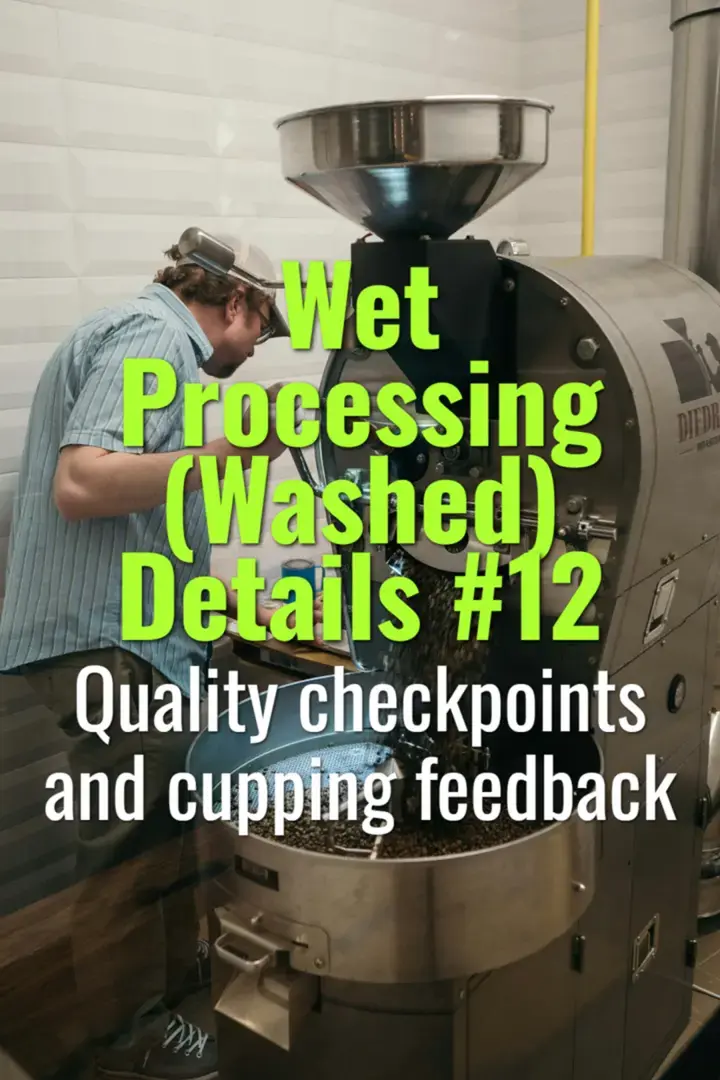
This topic explains how quality checkpoints are established during washed coffee processing, and how cupping feedback connects processing practices to final flavor outcomes.
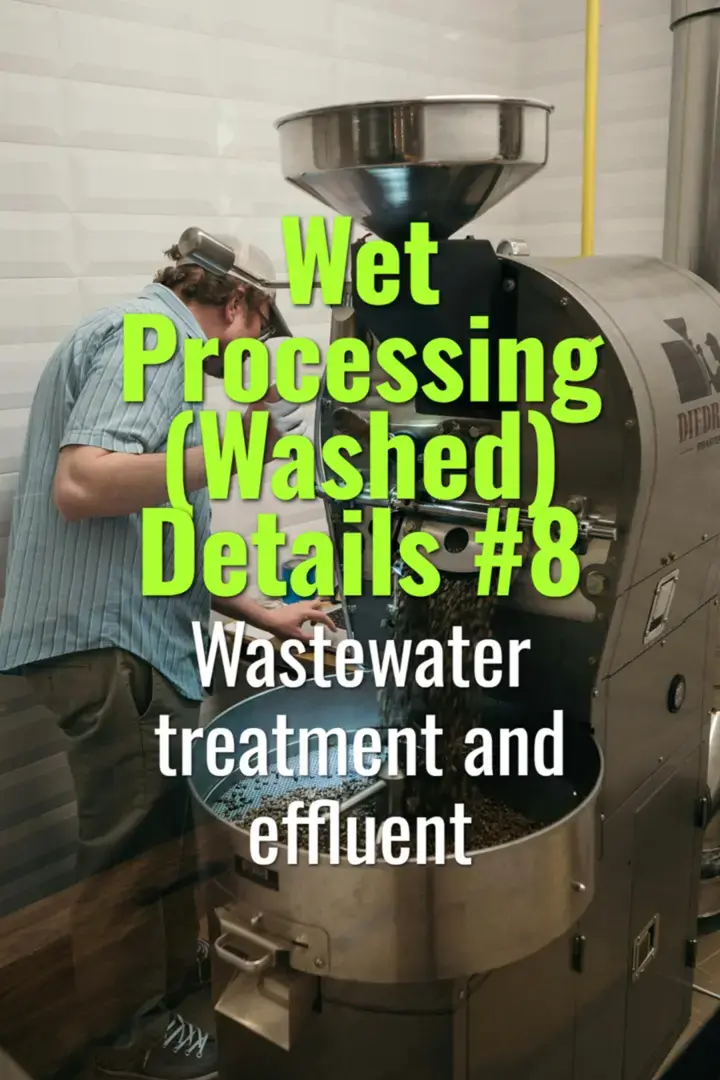
This topic explains the challenges of wastewater and effluent management in washed coffee processing, methods of treatment, and the importance of reducing environmental impact.
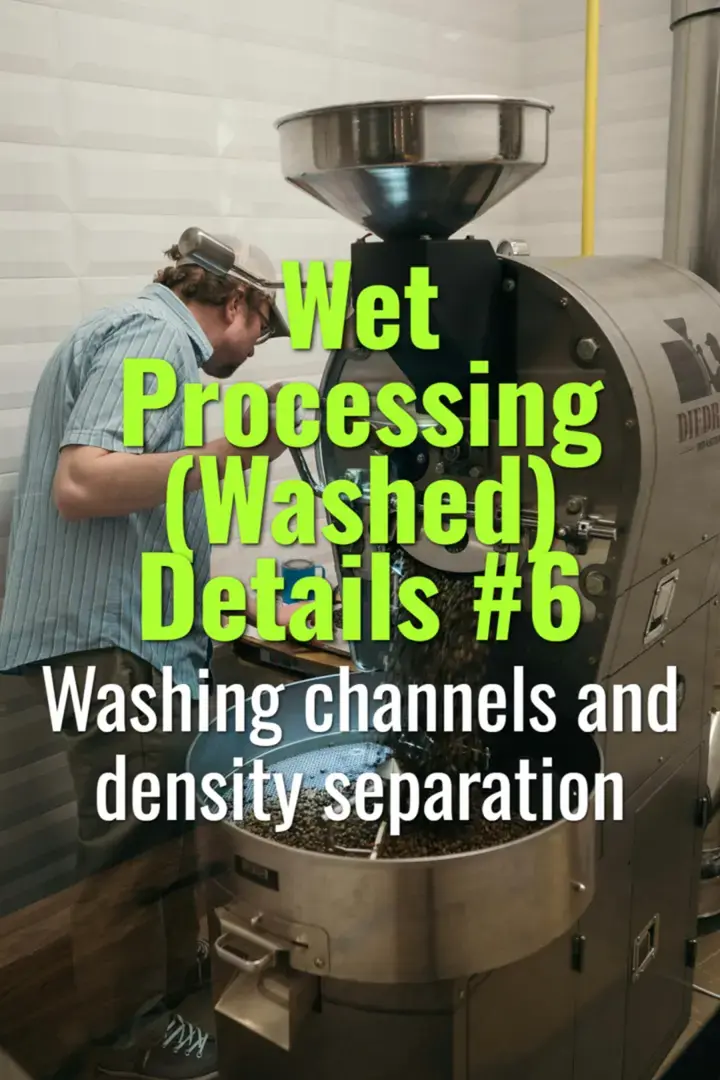
This topic explains how washing channels and density separation are used in washed coffee processing to remove defects, improve uniformity, and enhance final cup quality.
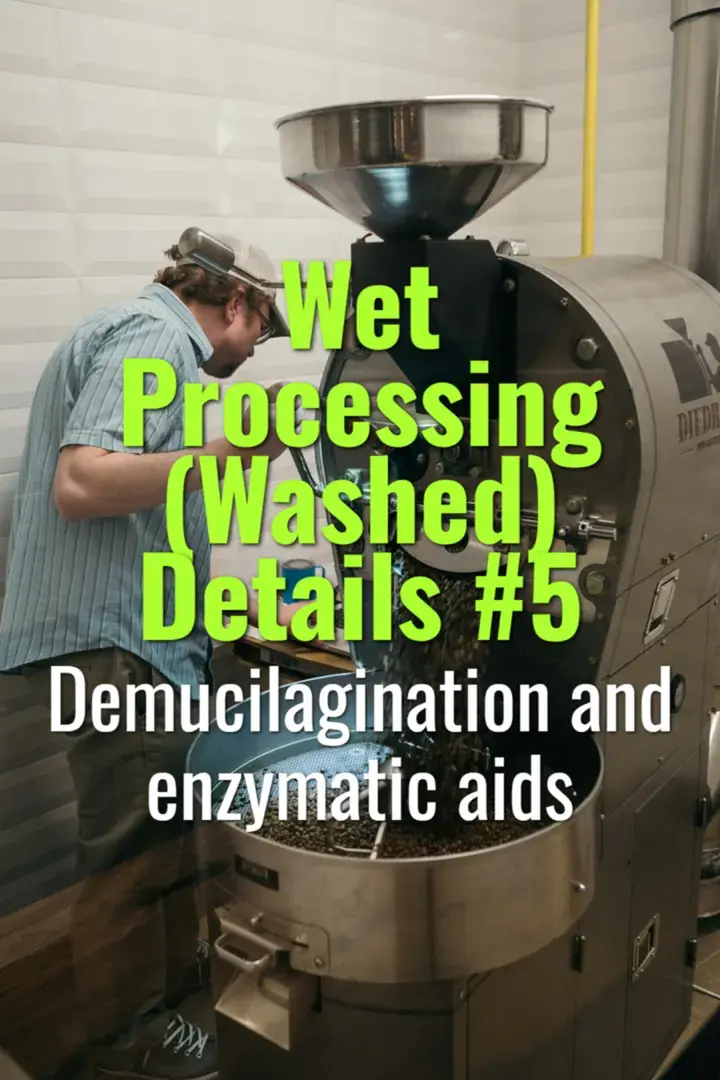
This topic explains demucilagination—the removal of mucilage from coffee beans—through mechanical and enzymatic methods, comparing them with traditional fermentation and highlighting their impact on efficiency and flavor.
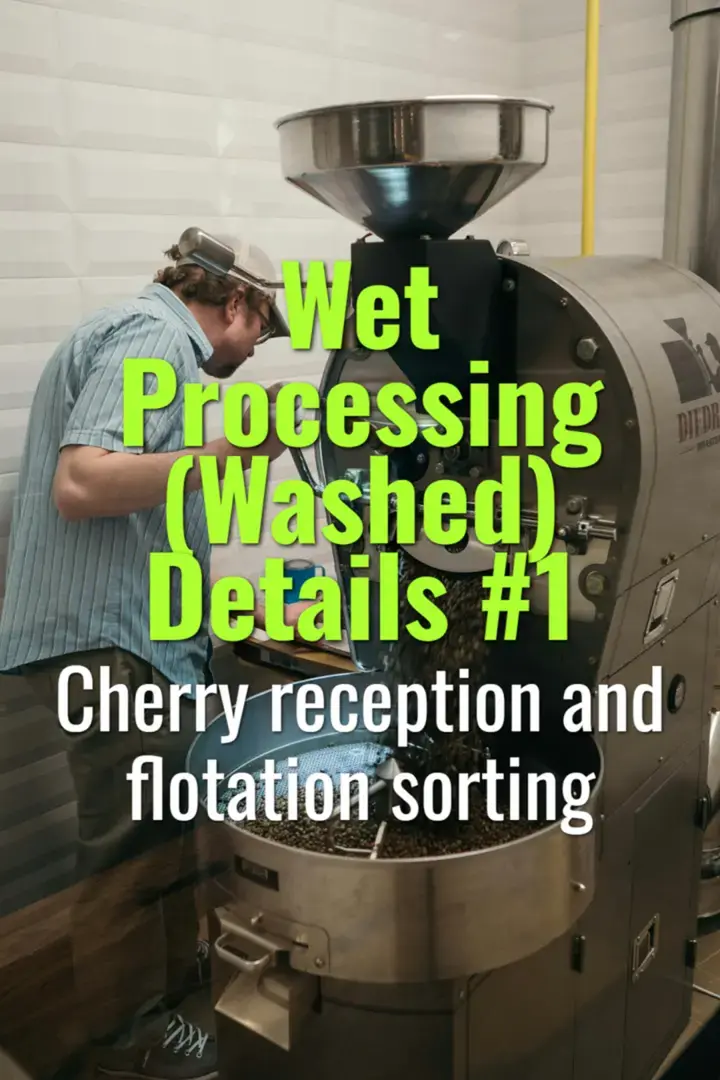
This topic explains the first steps in washed coffee processing—cherry reception and flotation sorting—detailing how farmers ensure only ripe, quality cherries move forward in the process.